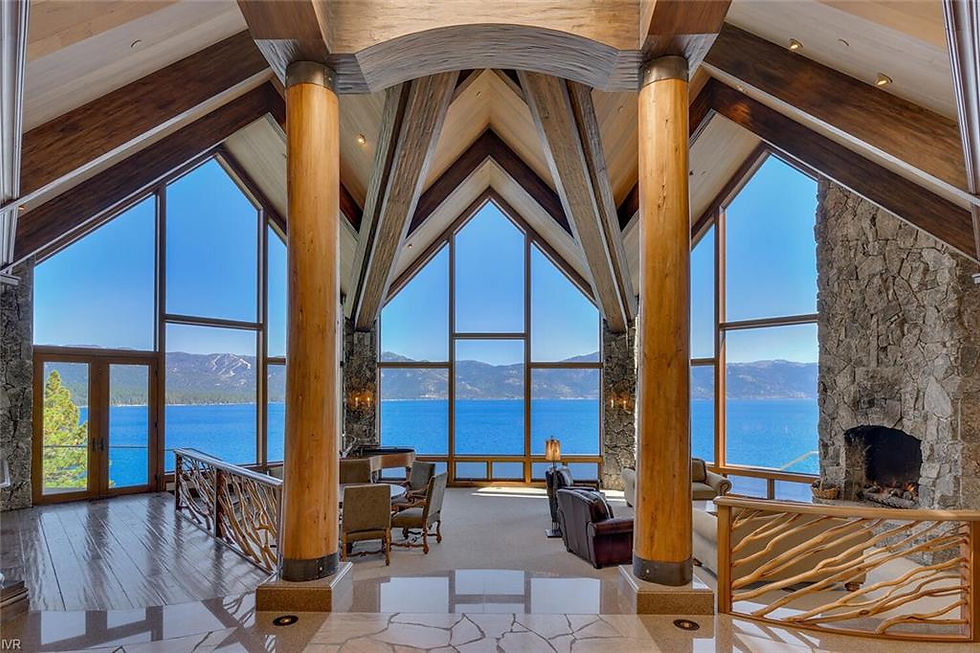State of Property Insurance in the Lake Tahoe Basin
- Julie Malkin-Manning
- Mar 19, 2024
- 2 min read
Updated: Mar 21, 2024

Lake Tahoe is celebrated for its pristine waters, breathtaking landscapes, and thriving communities, attracting countless individuals seeking to own a slice of paradise. However, residing in this idyllic region presents its own unique set of challenges, particularly concerning homeowners insurance. As climate change escalates and natural disasters grow more frequent, residents of the Lake Tahoe Basin find themselves confronting unprecedented risks and uncertainties regarding their insurance coverage.
While the concept of insurance challenges is not new for the California side of the lake, it serves as a harsh reality for the Nevada side, where a government-run insurance program akin to California’s FAIR Plan is absent. Established in 1960s California, the FAIR Plan provides coverage for property owners unable to secure insurance in the traditional marketplace due to an elevated risk of fire damage.
However, the absence of a similar solution for Nevada leaves homeowners in a precarious position. Particularly impacted are larger commercial properties and condominium associations with numerous units to insure, as well as single-family homes situated on the Fireline, surrounded by Forest Service land. In Incline Village alone, over seven homeowner associations either struggle to obtain insurance or lack sufficient coverage, resulting in significant cost increases.
Over the past year, the Nevada side of Lake Tahoe has witnessed a surge in premiums, limited coverage options, policy non-renewals and cancellations, coverage exclusions and restrictions, challenges in obtaining coverage for vacation rentals, and a scarcity of comprehensive coverage. These issues collectively hinder homeowners’ ability to adequately protect their properties and financial investments.
So why should this matter to you? The implications are far-reaching. Homeowners insurance directly influences property values in the Lake Tahoe area. Without sufficient coverage, properties may be perceived as higher risk, leading to decreased values. Additionally, lenders typically require comprehensive insurance coverage as a condition for mortgage approval, making it challenging for buyers to secure financing without it, thereby limiting the pool of potential buyers to cash buyers.
Insurance coverage is decreasing while the cost for these policies are increasing. Higher cost can also result in higher homeowner association (HOA) dues, as associations are forced to compensate for limited coverage options and build reserves to cover potential liabilities. Consequently, prospective buyers may find themselves unable to qualify for loans they would otherwise be eligible for with higher HOA dues and more expensive owner policies, further impacting the buying pool.
Ultimately, homeowners insurance coverage is essential for safeguarding property values, facilitating financing accessibility, and sustaining a robust real estate market in the Lake Tahoe Basin. Addressing the challenges associated with insurance coverage is vital for ensuring the region's continued stability and resilience. As a community, it's imperative to remain vigilant and engage in conversations surrounding these issues during upcoming local elections.
In facing these challenges head-on, the Lake Tahoe community can work towards securing a brighter future for its residents and the preservation of its cherished landscape.







Comments